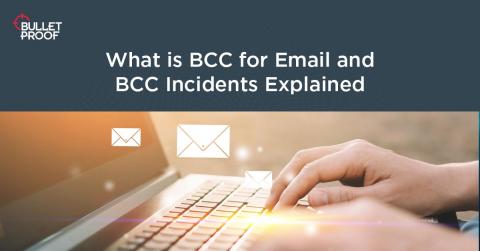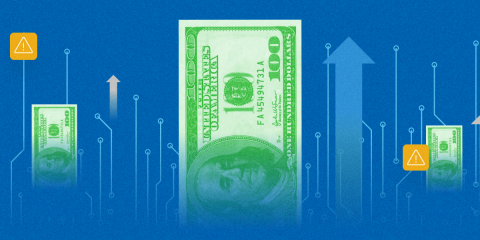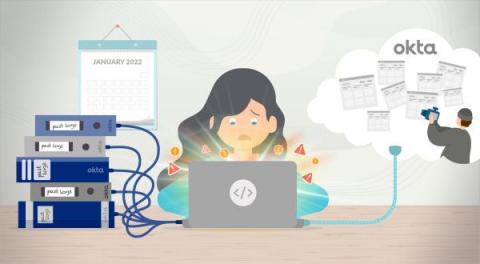Companies that impose MFA requirement on all customers
April 2020, Zoom was booming. The start of the COVID pandemic forced employees to work from home, meetings in person migrated to a videoconferencing model, and Zoom was the preferred tool. The massive and fast growth led into an opportunity for attackers. A vulnerability in Zoom could allow an attacker to steal a user’s Windows credentials, as long as the target user would click on a link provided through a Zoom session. The question was then how to get into those private sessions.








